**You should always check with the manufacturer directions for proper use and guidance for your LP gas and CO2 monitoring systems to ensure proper working order**
For many, the RV lifestyle represents the ultimate blend of adventure and comfort. Yet, the open road can be fraught with unpredictable challenges. One of the most crucial aspects of ensuring a safe and enjoyable trip is protecting against the invisible hazards—such as propane leaks and carbon monoxide (CO) poisoning—which can quickly turn an idyllic getaway into a dangerous situation. LP gas detectors and CO2 alarms are the unsung heroes of RV safety, standing guard against these threats. But with a myriad of options available, how can you be sure you're choosing the right protection for your home-on-wheels?
Understanding the Threats
LP Gas Leaks
Liquid Propane (LP) is an essential part of RV living, supplying everything from the stove to the water heater. However, in the event of a leak, this versatile fuel can pose a serious risk. Leaks typically occur due to faulty connections, damaged hoses, or aging equipment. Propane is heavier than air, which means it will sink and accumulate in low spots, making timely detection vital.
Signs of a Propane Leak
- Smell of a “rotten egg” odorant added to propane as a safety measure
- Hissing or clicking sound near an appliance or the gas source
- Dead grass or plants near the RV due to releasing gas
Carbon Monoxide Poisoning
CO is a colorless, odorless gas produced by any fuel-burning device, such as stoves or generators. In an RV, a buildup of CO can be lethal, causing symptoms such as headache, dizziness, and nausea, and can lead to unconsciousness or death if not addressed promptly.
Symptoms of CO Poisoning
- Dull headache
- Weakness
- Dizziness
- Nausea
- Shortness of breath
- Confusion
- Blurred vision
- Loss of consciousness
The Sentinel in Your RV - LP Gas Detectors and CO2 Monitors
Types of Detectors
There are various types of LP gas and CO2 detectors, each with its own method of detection and use. These include:
- Biomimetic Sensor Technology: Uses a gel that changes color when it absorbs LP gas or CO, triggering the alarm.
- Semiconductor Sensor: Changes in conductivity due to the presence of gas or CO cause an alert to sound.
- Electrochemical Sensor: The most sophisticated, with electrodes sensing the levels of CO2 in the air.
Choosing the Right Model
When selecting an LP gas detector or CO2 alarm for your RV, there are several factors to consider:
Power Source
Detectors are available in hardwired, battery-operated, and plug-in models. The power source influences the installation location and maintenance.
Smart Features
Some detectors come with additional features, such as self-diagnostic checks, wireless connectivity, and compatibility with smart home systems.
Size and Aesthetics
Consider the size of your RV and where you plan to install the detector. A sleek, low-profile design might be preferable in certain living spaces.
Maintenance Requirements
Read the manufacturer's instructions to understand the maintenance schedule. This usually includes regular testing and replacement of sensors as needed. The usability of the maintenance process is a key consideration.
Installing and Testing Your Detector
Installation Tips
Place your LP gas detector at floor level, as propane is heavier than air and will settle in low areas. Ensure CO2 alarms are placed at breathing height, as CO2 is roughly the same density as air.
Ideal Locations
- Near the sleeping area
- Near the primary cooking and heating sources
- At least 15 feet from any fuel-burning appliances to avoid false alarms
Regular Maintenance
Creating a routine for detector maintenance is crucial. Test the alarm before every trip and replace the batteries as needed. Additionally, know the expiration date of your detectors, as most have a lifespan of five to ten years.
Testing Procedure
- Press the test button and verify the alarm sounds.
- If your detector has a display, ensure it shows the current level accurately.
- Follow the recommended steps for cleaning your detectors to maintain their efficacy.
Ensuring Peace of Mind
Investing in high-quality LP gas detectors and CO2 alarms is a non-negotiable aspect of RV safety. It’s not just about compliance with regulations, but about safeguarding the very essence of what makes RV life so alluring—freedom and adventure. With a conscious approach to selection and maintenance, your detectors will continue to be silent sentinels, providing peace of mind so you can truly relax and enjoy the open road.
For a comprehensive look at safety measures in your RV, explore our guide on Road Readiness: The Essential RV Safety Checklist. Whether you're a seasoned traveler or a novice road tripper, a commitment to safety is the first step in ensuring unforgettable and secure RV experiences.


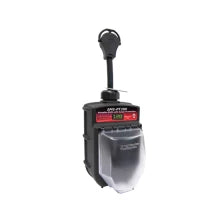
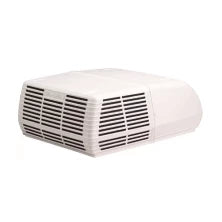
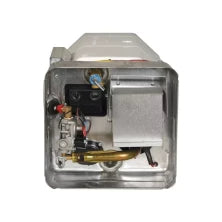
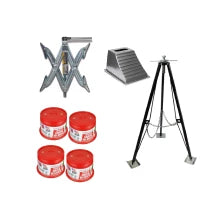
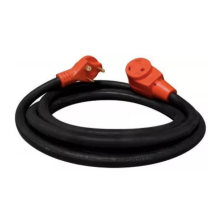
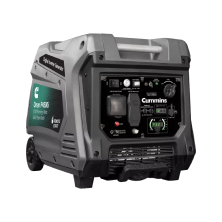
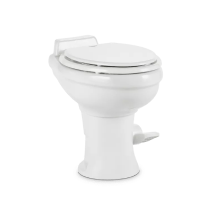
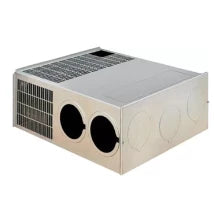

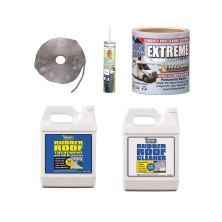
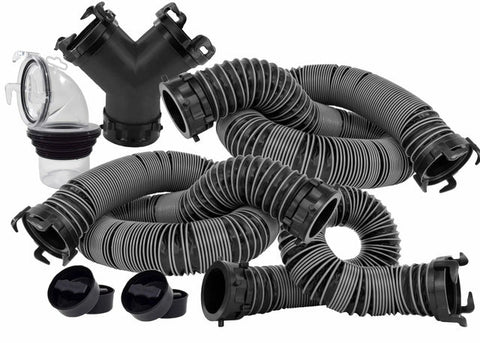
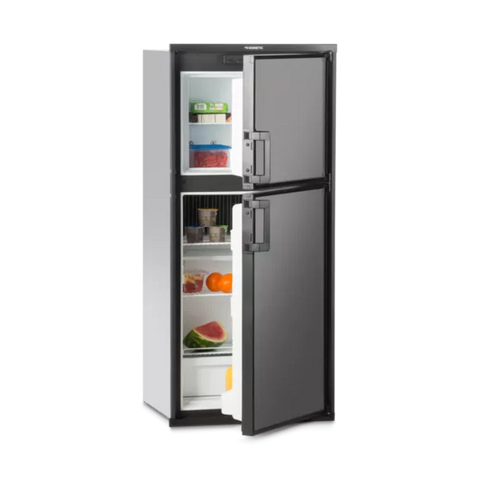
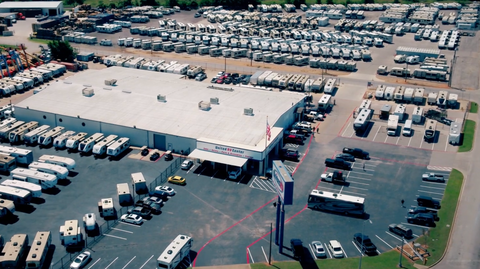
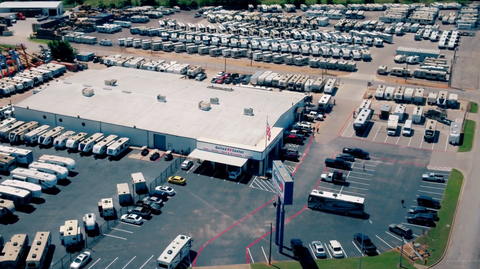
Comments (0)
There are no comments for this article. Be the first one to leave a message!